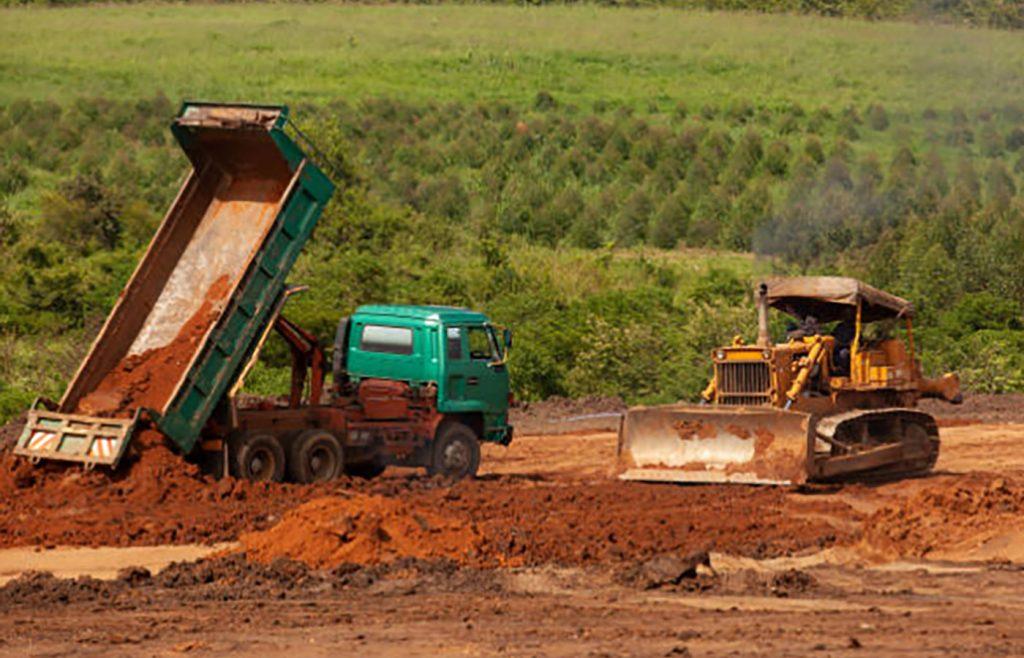
Approximately 65,000 new homes were approved on green belt land across the UK, over the last 9 years
As population growth and the housing shortage crisis continue, green belt spaces are becoming prime building hotspots. Between 2009 and 2018, nearly 65,000 new homes were approved on green belt land across the UK.
The construction industry is being warned it will likely face intensified competition for viable building sites, potentially leading to escalated costs and project complexities. The industry has been advised to prioritise and redevelop brownfield sites and abandoned land areas with a focus on building sustainably and developing environmentally friendly buildings.
A new study, conducted by plant and cherry picker hire specialists, Herts Tools, analysed the areas with the fastest population growth across the UK over the past 10 years as well as the areas with the most green belt space, which found that Guildford’s greenbelt has been rated the most under threat in the UK, due to its population increase of 9.63% over the last 10 years. The data reveals where in the UK is most likely to be used for building work.
The study also found that Chorley, Thurrock, Epping Forest and Tandbridge’s green belt spaces were also at risk.
This shift could prompt a surge in sustainable construction practices and urban revitalization efforts. Striking a balance between conservation and construction imperatives emerges as a key challenge.
Stefano Lobban, Director at Herts Tools, says: “Just because there is a green belt that can be built on, it doesn’t necessarily mean that we should. Building on green belts will mean that urban regeneration opportunities are ignored. There is plenty of other land which can be utilised for house building. The number of long-term empty homes in England has increased by 4.8% over the past year. We should be regenerating pre-used land and buildings, often left neglected and decaying anyway which will breathe new life into our towns and cities.
“Policy regarding green belt land has always stated that restrictions are in place to prevent development from occurring on the area. Urban sprawl is the biggest threat to climate change and many believe the housing crisis won’t be resolved by releasing land.”
What can the construction industry do to avoid building on greenbelt areas?
- Prioritising and redeveloping brownfield sites, and previously developed land areas that may have been contaminated or abandoned.
- Focusing more generally on building more sustainable and environmentally-friendly buildings.
- Encouraging building upwards rather than expanding wide, for example, building flats and three-storey houses.
- Engaging with local communities to better understand their concerns and priorities regarding new development.





